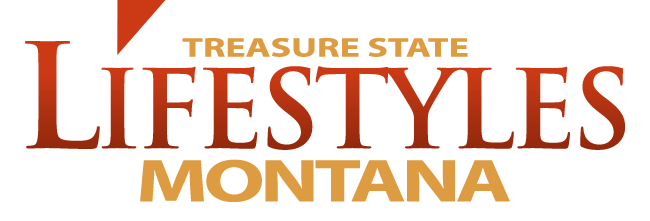You might be surprised to find that the earliest form of the sleigh bell dates back to the Roman Empire. In these days, a single bell (usually gold or silver) would be fixed to a warhorse as a show of decoration and sign of its rider’s wealth. These bells were also thought to bring good fortune and ward off evil spirits.
The ornamental use of bells as good luck charms continued throughout the ages, crossing cultures and continents, finally winding up in America. By the 1900s horse-drawn vehicles were a primary mode of transportation. Since modern roads were not in place, travelers used these types of vehicles to cross trails, fields, and even rivers. Sleighs were particularly popular, with over 5,000 sleigh manufacturers in the country (including John Deere and Studebaker), each producing their own unique style.
While the models varied widely, every sleigh fit into one of four categories: Cutter, Russian, Business, or Bob-Runner. Cutters are dainty and sleek, usually drawn by a single horse. They can comfortably fit up to two people and were typically used for speedy travel and city use. Russian sleighs on the other hand, are much heavier, designed for handling heavy snow.
The runners are built from one piece of wood and are typically equipped with a snow guard and rear jump seat. They are designed for handling harsher environments whereas business sleighs are just the opposite. A Russian is the Humvee of sleighs whereas a business sleigh would be more like a station wagon. As a two-seater, this sleigh is intended to carry more passengers and cargo. While the fourth type of sleigh, the bob-runner, also has two seats, the business sleigh is designed for carrying people, while the bob-runner is designed for farm labor. Also called the bob sleigh, bob-runners can carry heavy loads and have two runners as opposed to one, allowed them to turn more easily. They are built sturdy and can haul everything from milk cans to hay bales. These four types of sleighs allowed drivers to perform different tasks based on their environment. But whether for speed or strength or durability, these sleighs often had one thing in common during the 1900s—bells.
The bell had transcended time, adorning horses for centuries, but in the modern world, they had taken on a purpose greater than ornament or charm. The act of putting bells on horses and sleighs became one of public safety. The bells warned pedestrians and other drivers that a sleigh was approaching. This helped to minimize accidents, especially in winter weather when visibility is low. It was in this fashion that the jingling of sleigh bells became associated with the Christmas season and has continued to appear in our holiday songs and traditions even though the popularity of sleighs has declined. Still, horse drawn sleighs exist today, both for recreation and labor. Do some investigating in your local area. You might hear the jingling of sleigh bells on a ranch near you.


